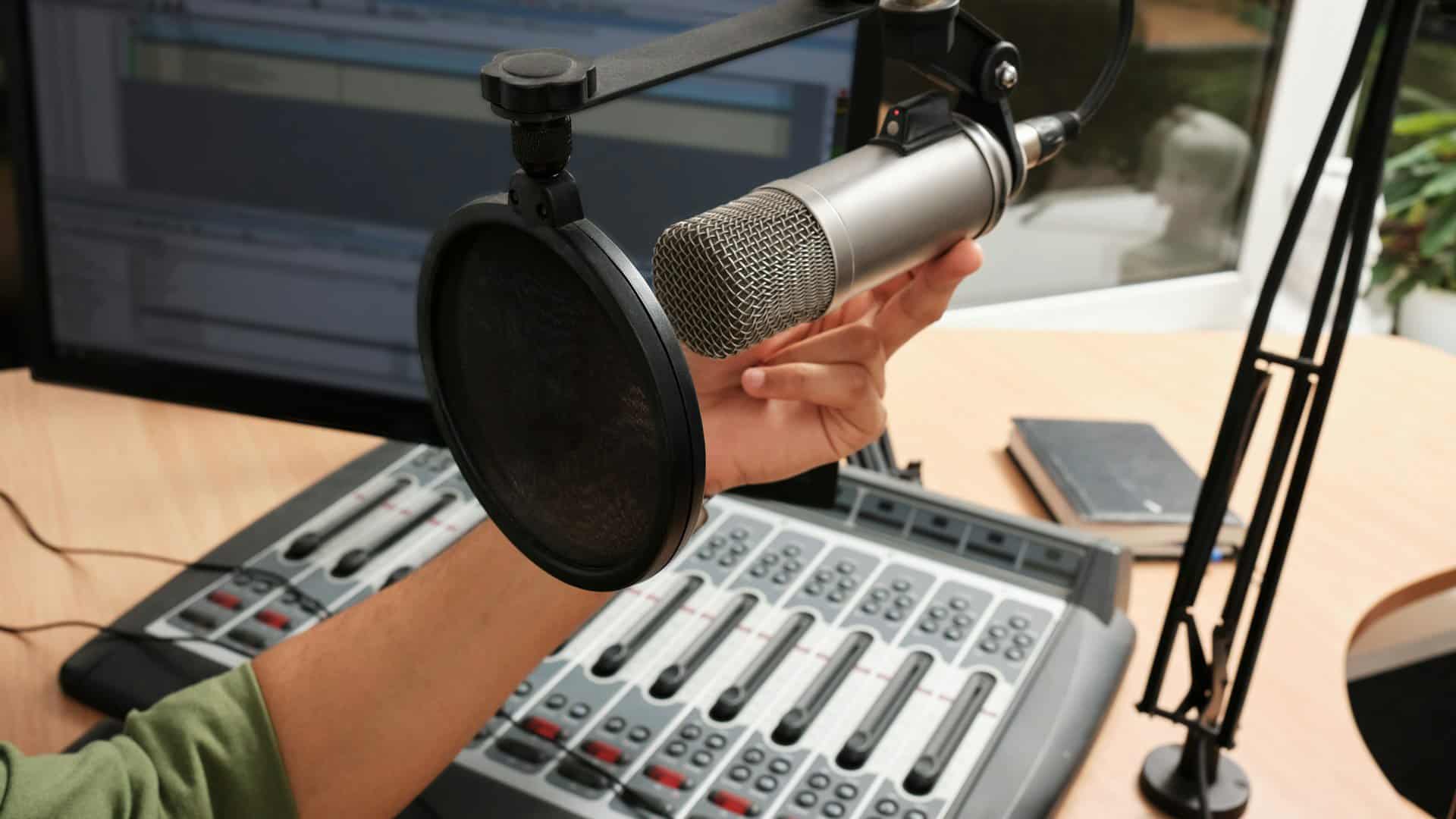Crafting humorous jingles can be a brilliant approach to captivate your audience in advertising. These jingles do more than just add a bit of fun; they bring a lighthearted and engaging element to the mix, making advertisements not only memorable but also enjoyable to listen to. Humor, when done right, has the power to create a bond between a brand and its audience, drawing them in with laughter and leaving a lasting impression. In radio commercial production, where grabbing the listener’s attention quickly is key, a humorous jingle can be essential.
Humor is a universal language that connects with individuals on a personal level. By incorporating humor in jingles, ads can become memorable not because of their need to inform, but because they deliver a moment of joy or amusement. Combining humor with a catchy tune can ensure that the jingle resonates with the audience long after they’ve heard it. This memorable factor is incredibly valuable in a cluttered advertising space, where capturing attention is the first step toward engagement.
Understanding Your Audience’s Sense of Humor
Getting the humor right in your jingles involves knowing the preferences of your target audience. It’s crucial to align your humor with what your audience finds funny. This might mean adapting your approach based on their demographics, interests, and cultural background. Understanding what makes your audience laugh isn’t as simple as guessing—it’s about research and listening.
Consider these steps to better understand your audience’s humor:
– Research Their Interests: Take the time to dive into what your audience likes. Are they into witty wordplay, or do they prefer slapstick comedy? Understanding these nuances will guide you in crafting a jingle that hits the right notes.
– Gather Insights: Use surveys, social media polls, or feedback forms to gather insights into the types of humor your audience appreciates. Direct feedback can reveal preferences that might not be apparent through market research alone.
– Analyze Past Successes: Look at previous campaigns or productions that successfully used humor. Understand what worked and why it resonated with your audience.
Different demographics might have varying responses to humor. For example, younger audiences might appreciate edgier or meme-based humor, while older groups might prefer classic or subtle comedy. By tapping into your audience’s unique sense of humor, you create jingles that are not only hilarious but also relatable, making them far more effective in capturing attention and creating engagement.
Key Elements of Creating a Humorous Jingle
To craft a jingle that captures attention while tickling the funny bone, focus on a few elements that set the tone and rhythm for your piece. Start with playful and witty lyrics because words can make or break the comedic impact of your jingle. Clever rhymes and unexpected twists can leave listeners smiling, ensuring they remember the message you’re conveying. Keep the language light-hearted, yet on-point, so the humor doesn’t overshadow the main message.
Next, don’t underestimate the power of an upbeat, catchy melody. It’s the backbone of your jingle, giving words their rhythm and making them easier to remember. The right melody interacts seamlessly with the lyrics, lifting spirits and resonating long after the jingle has ended. It doesn’t have to be complex; simplicity often means it will stick in the minds of your audience.
Finally, timing and comedic delivery are vital. Comedy thrives on timing—knowing when to pause, when to rush, and when to let the music speak for itself. A well-timed comedic punch within the jingle maintains listener interest and enhances the entertainment value. Consider experimenting with different voice tones and rhythms to find a comedic delivery that feels natural and appealing.
Balancing Humor with Brand Identity
While humor in jingles is beneficial, it’s important to ensure it aligns with your brand’s identity. The humor should resonate with the brand’s values, ensuring a consistent message across all campaigns. Misalignment can confuse the audience or even damage brand credibility. Understanding your brand’s voice and how it interacts with humor is key to producing content that reflects your identity.
Potential pitfalls exist, like humor that overshadows the brand message or comes across as offensive. To avoid these, work closely with your team to ensure everyone has a clear understanding of the brand’s identity. Testing humor within different contexts can reveal whether it enhances or detracts from your brand image.
Take inspiration from brands that effectively use humor. Consider that insurance brand with the charming gecko, or the beverages company known for their cheeky polar bears. They incorporate humor that aligns with their identity, creating ads that are funny yet instantly recognizable.
Testing and Refining Your Humorous Jingle
Before launching your jingle, testing is crucial. It’s not just about creating something funny but ensuring it resonates with your intended audience. Consider these strategies:
– Focus Groups: Gather diverse groups and play your jingle for them. Their reactions, both verbal and non-verbal, will be telling.
– A/B Testing: This involves testing two versions of your jingle to see which one performs better. Different melodies or lyrics can appeal to different tastes.
– Feedback Collection: Use surveys or digital feedback tools to gather opinions on your jingle. This will help identify areas needing refinement.
Refinement involves tweaking based on feedback, ensuring the humor remains fresh and engaging. Sometimes, even successful jingles need a refresh to maintain audience interest. Know when to keep things as they are and when to introduce new elements.
Making Your Audience Laugh and Remember
Humorous jingles do more than entertain; they engage. They hold the potential to enhance brand recall and foster a positive connection with your audience. By experimenting with humor, brands can craft radio commercials that stand out in crowded airwaves.
So when you’re planning your next radio ad, consider the potential of a good laugh to elevate your message. Make it unique, make it memorable, and above all, make them smile.
When you’re ready to make your mark in radio advertising with a jingle that hits all the right notes, let Killerspots Agency be your go-to partner. Our team of experts will help you create something memorable that not only resonates with your audience but also enhances your brand’s identity. Reach out to us at 513-270-2500 for professional assistance, and learn more about how we can elevate your brand’s voice through humor and creativity with our radio commercial production services.








